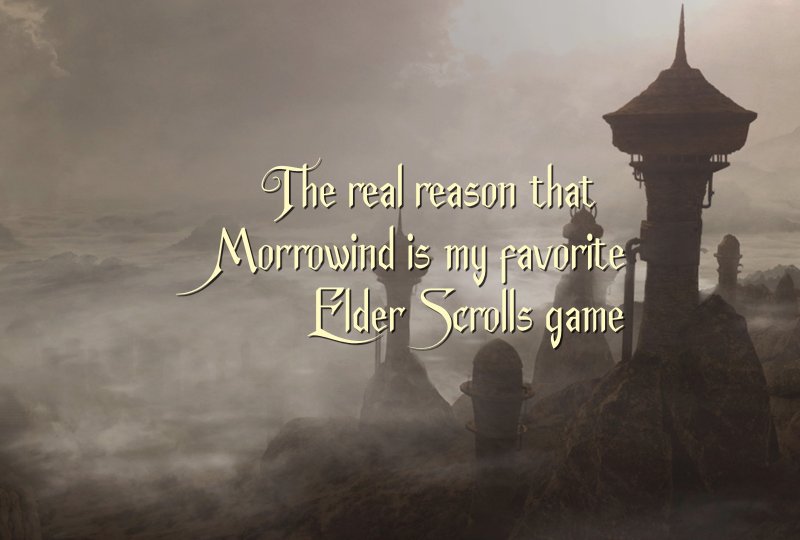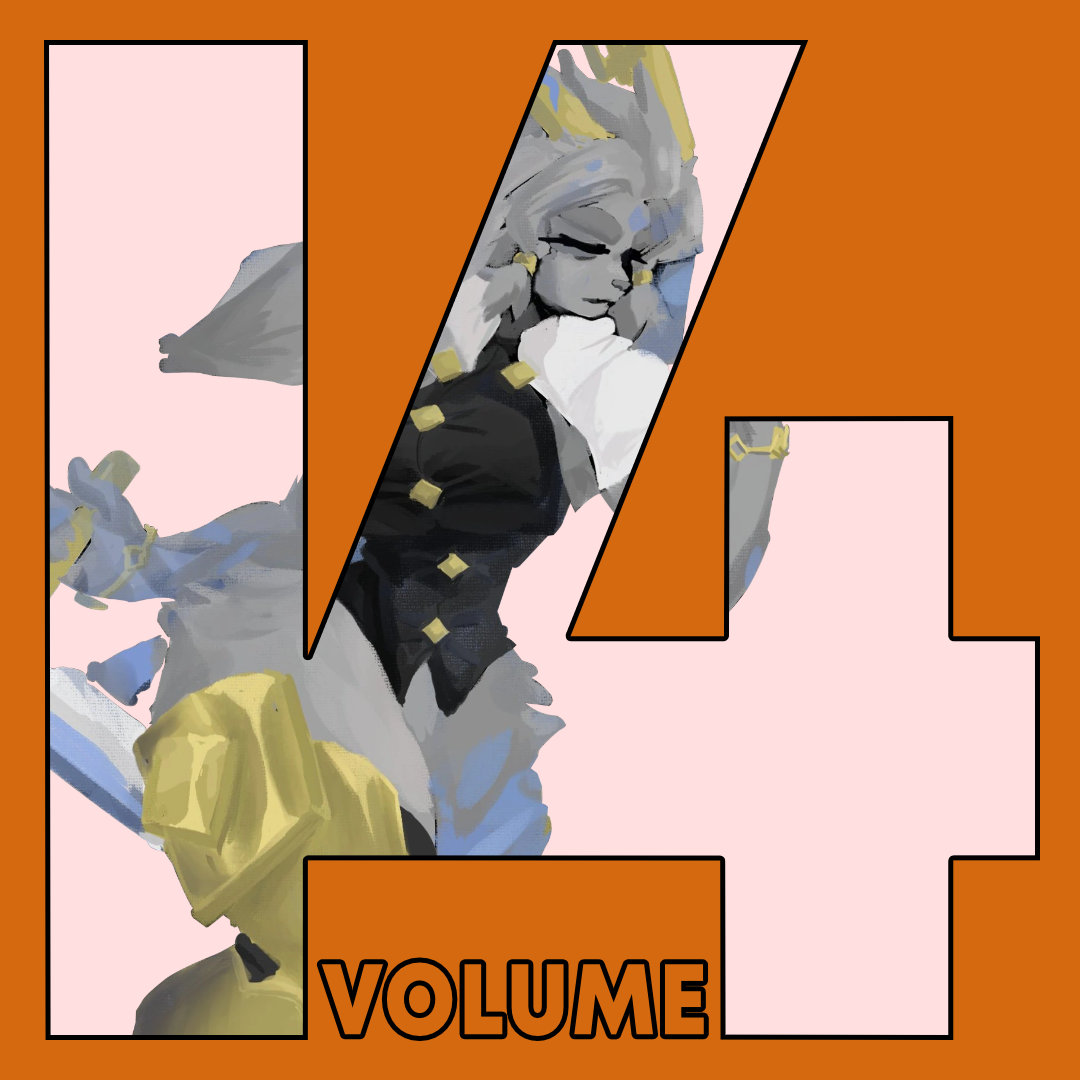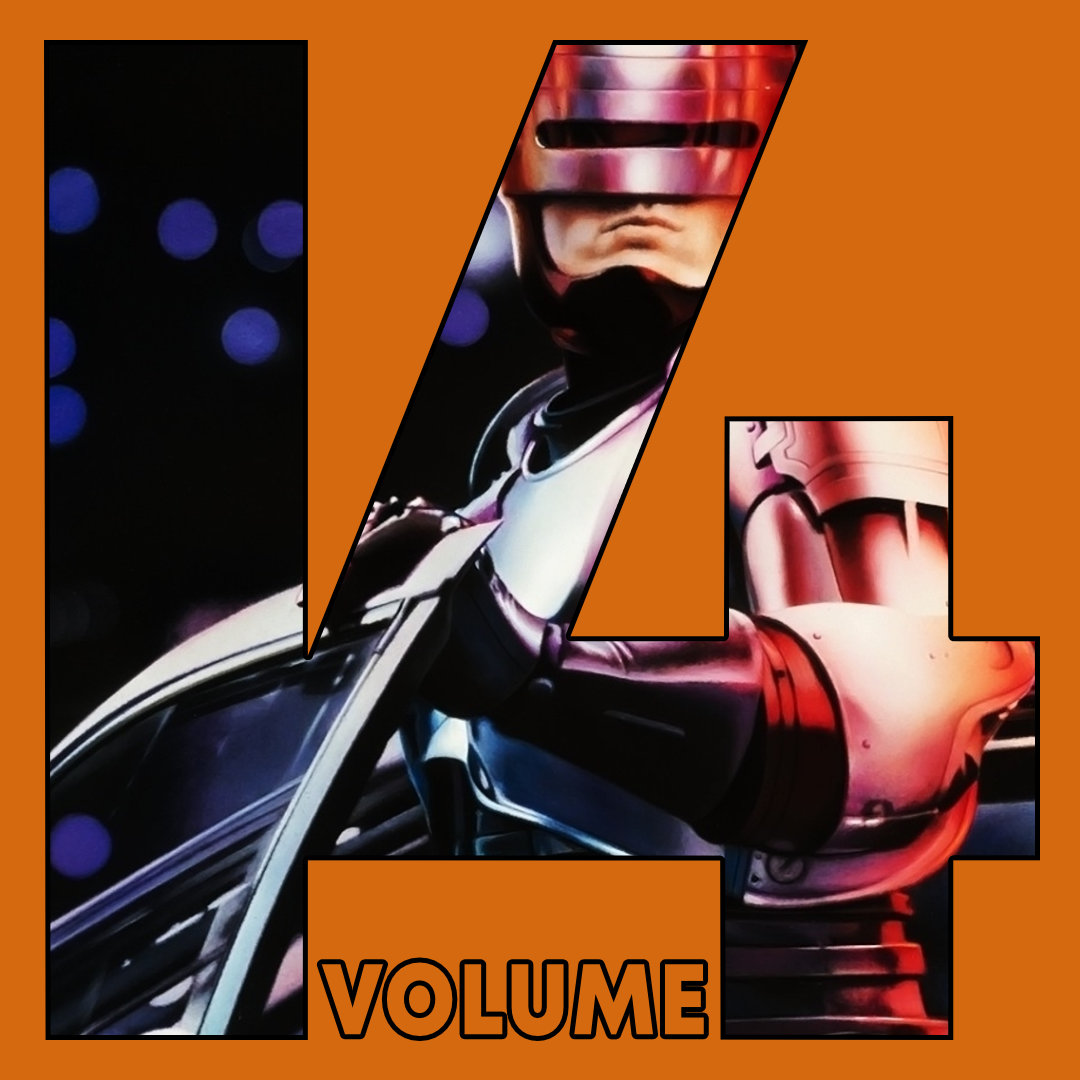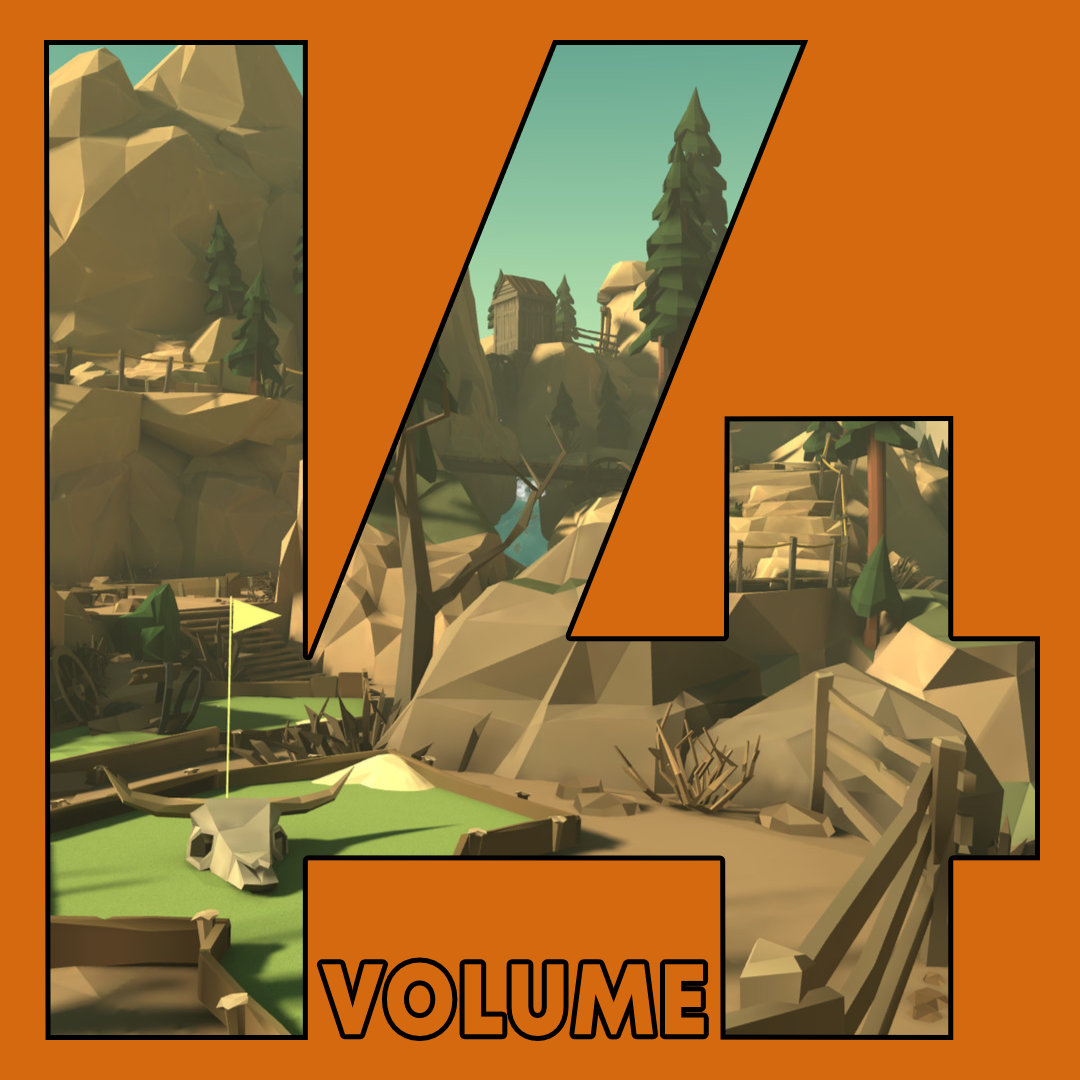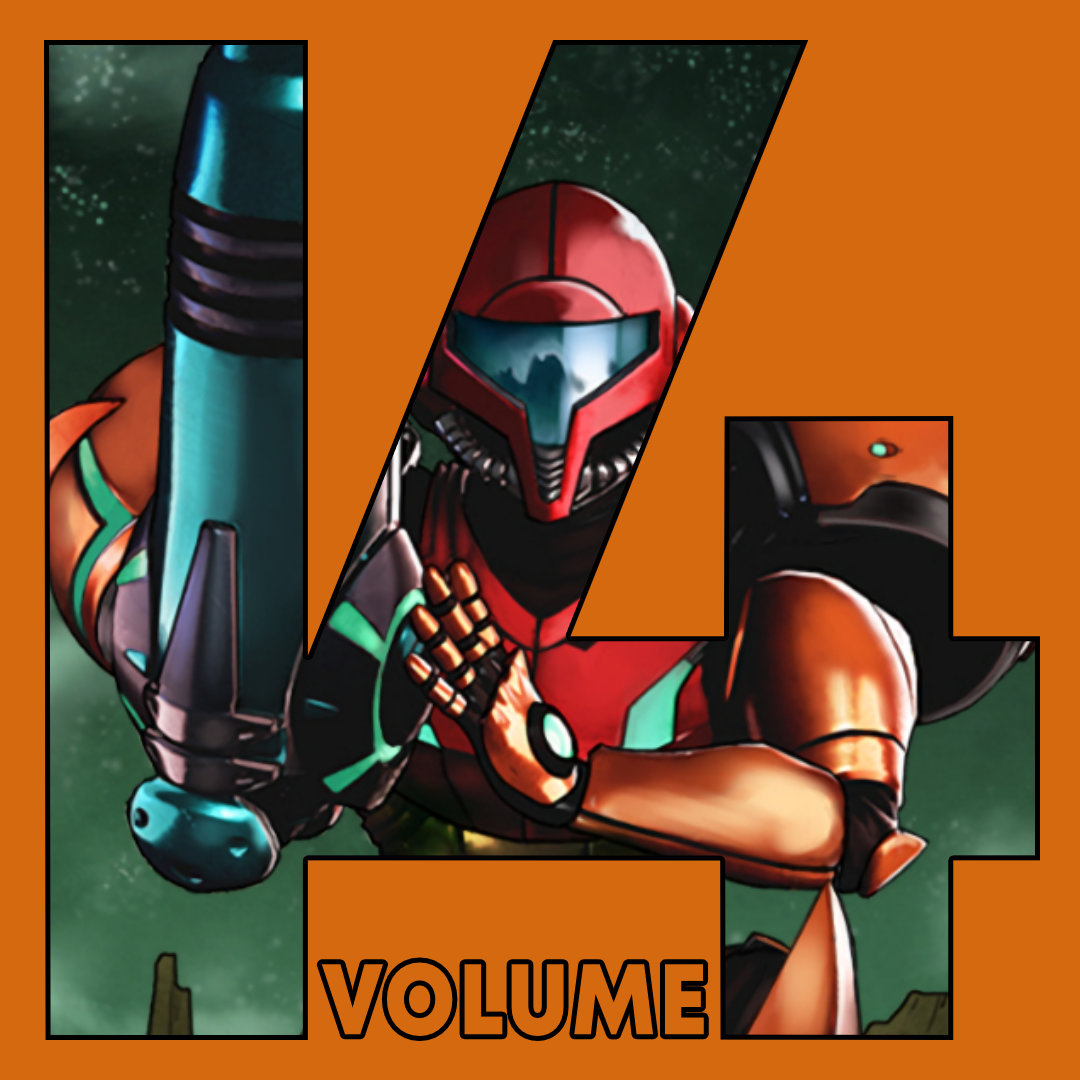Ashton Herrmann tells us why it’s the third of Bethesda’s free-roaming fantasy RPGs that he keeps coming back to
When it comes to Bethesda’s open world RPGs, they say the first one you play will always be your favorite.
Morrowind is one of my all-time favorite games. For me, the third Elder Scrolls title is the paragon of the series, and I say that as someone who’s spent more than a thousand hours spread across the latter three games in the mainline series.
Its world is alien and foreign and fantastical in a way precious few other fantasy games are. It’s well written, its main villain is compelling, and its take on politically charged topics like slavery and colonization is bold.
But above all else, it’s my favorite because I experienced it with friends during a unique time in my life. And I know I won’t be able to ever recreate that experience.
I was completely unaware of The Elder Scrolls prior to the year 2002. Despite having grown up with PC gaming and my awareness of and experience with other classic CRPGs and dungeon crawlers, the likes of Arena and Daggerfall had never landed on my radar. I have vague recollections of seeing the Battlespire box at a Media Play, but that was the extent of it.
By the time Morrowind landed on PC in May of that year, however, it had shot up to the top of my most wanted list due in no small part to my friend Jose’s excitement for the game. Jose wasn’t a PC gamer, but with Morrowind, The Elder Scrolls was finally console-bound. I’d often raved about games like Baldur’s Gate to him, and he was eager to play a style of RPG that hadn’t really existed on consoles until then.

Being on PC, I was able to pick up the game a month earlier than Jose. He and our friend Trevor and I crammed ourselves into my tiny car and made the trip out to the local Gamestop where I’d pre-ordered a copy of the special edition of the game. Jose poured over the artbook and paper map that came packed in the big box, and he looked at the tiny pewter figurine of the Indoril-armor-clad Ordinator with reverent affection. When I finally started the game, however, he admitted that he didn’t want the experience spoiled for himself, so he left before seeing anything past the game’s title screen.
To my surprise, I didn’t fall in love with Morrowind immediately. While I couldn’t believe how incredible it looked and sounded, I was overwhelmed by the character creation and the game’s seemingly endless world. I found myself stranded in the starting town, Seyda Neen, after spending all my money on a magic sword, and I didn’t really know where to go or what to do next. Morrowind offered a fully open world and a level of freedom I hadn’t ever encountered in a game before, and it was frankly overwhelming.
Over the weeks between then and the Xbox launch, Jose would ask me how I was enjoying the game, and I’d have to admit to him sheepishly that I hadn’t given it much time yet, afraid I’d diminish his own excitement. Fortunately, that wasn’t possible. Once he’d set his mind on something, Jose was rarely the type to turn away from it.
It was maybe a week after Morrowind finally launched for Xbox that the three of us got together for some Halo. It was past midnight when we packed up for the night, and, as was so often the case, we spent at least another hour chatting about games and whatever else in my parents’ kitchen.
Jose was telling the two of us about just how incredible and immersive Morrowind was. The way he described his various adventures and misadventures in the game sounded like something I’d never seen before. Whereas the likes of Baldur’s Gate and Final Fantasy and the other RPGs that Trevor and I had played were rigidly crafted narratives, Morrowind sounded like something akin to a second virtual life.
He described stumbling upon Daedric shrines and accidentally summoning Dremora – demonic guards – after stealing some of the gems left as offerings to the terrifying gods. He talked about joining various guilds and hearing rumors of another, hidden one that he was searching for. “Every other character in the game has a name,” I remember he said to us. The scope of the game seemed impossible.
By the time we’d finally decided to call it a night, Trevor and I were both itching to play it. I fired it up the moment I woke up the next morning, and whatever anxiety I’d experienced on my first attempt with it had completely melted away. I followed some of Jose’s tips for making money early in the game, and, at his advice, I made my top objective to find a way to the city of Balmora.
I decided to set out on foot and almost immediately discovered a Wood Elf named Tarhiel who fell from the sky, dying upon impact. I looted his corpse and found three scrolls of Icarian Flight. I cast one, leaped impossibly high into the sky, and then came crashing down to die hilariously like the ill-fated elven wizard I’d just ransacked.
I was rolling with laughter, and I couldn’t wait to tell Jose and Trevor about it. Just as Jose had done the night before, I took my own turn as the storyteller, and he and Trevor listened, wide-eyed, as I shared my discovery with them. As soon as they returned to their games, they both rushed to find the doomed Tarhiel.
For months afterwards we played Morrowind in this way. Trevor found a secret Scamp merchant who held what we thought was the highest amount of gold for any trader in the game (we’d later learn about a mudcrab merchant off the southern coast of the game’s map who carried a whopping 10,000 gold for trade). Jose discovered a cave called Ibar-Dad that housed high-level enemies and absurdly powerful weapons and gear. I discovered a way to counter the undesirable effects of the Boots of Blinding Speed.

Morrowind’s handcrafted world was ripe for discovery. There were dozens of rare magic items and artifacts hidden throughout the world, and there were virtually no walls to stop you from getting to them once you knew where to look. Our experiences overlapped in many ways, but we each uncovered so many unique discoveries that they vastly outshined the game’s more structured sections.
Every day, we’d swap new stories with one another like veteran explorers reliving the glory days of our youth. One of my favorites was an experience I’d had early in the game. I was attacked by a diseased rat and had lost the strength to carry even just the armor on my back. Eventually, I had to drop everything in the middle of a volcanic desert and run, naked, back to town in order to buy or steal the ingredients necessary to craft a potion to cure myself.
One summer morning, Trevor walked into my house unannounced (this was not uncommon) and found me sitting at my desk with the game. He’d planned on hitting me up for some multiplayer gaming, but as soon as he walked in the door, he said, “I’ll be right back,” and immediately left again. When he returned, he was holding his Xbox console and his copy of Morrowind, and we played the rest of the day together, sharing our discoveries and adventures in real-time. It was an experience we enjoyed so much that we’d repeat it many times over the following years with a variety of massive singleplayer RPGs, me on my PC and him on a console beside me.
When the Tribunal and Bloodmoon expansions released, I snatched them up immediately, eager for more content in what had become one of my favorite games of all time. But the expansions suffered from one major flaw that hampered my enjoyment of them enough that I ended up not even playing through more than the initial hour or so of the second: they weren’t on Xbox.
Because they weren’t afforded an equal opportunity to explore the new parts of the game firsthand, I wasn’t really able to share my discoveries with them. My experiences were spoilers rather than new, exciting tales to trade.
It was disappointing for all of us. Jose would come into my room and look longingly at the box art for Tribunal, and we’d try to justify to one another their absence on the Xbox, a machine with both an internal drive and a connection to the internet—the only components truly necessary to bring the new content to consoles. My copy of the game had already been improved by several post-launch patches that added quality of life improvements like a sortable journal and an enemy life bar that they didn’t have access to, but this felt even more unfair.
Salvation eventually came in the form of the Game of the Year edition of the game, which I believe I purchased for Jose (and maybe Trevor, too) as a Christmas gift when it was released the year after the original. I believe it was over that same holiday break that the three of us planned an event that cemented Morrowind in our minds as one of the very best RPGs ever made.
We called it the Morrowind Marathon, and we envisioned it as a sort of LAN party without the N. I lugged my computer down to my parents’ unfinished basement and set up a couple tables beside it, ran a few power strips, and then put my TV on one. Jose brought another TV as well as his Xbox, and Trevor arrived with his own console.
Even though the enhanced edition of the game supported existing save files on consoles, we agreed it would be most fun to start fresh with new characters, and we tore off in separate directions from the very beginning of the game. By this time, we were Morrowind veterans with hundreds of hours under our respective belts. I had even bought the official strategy guide that, by then, looked like a weathered and ancient tome, its pages literally falling away from the book’s worn spine.
Even still, the day was filled with new discoveries, things we hadn’t even known to look for in the guide. I discovered the Daedric Crescent, a one-of-a-kind moon-shaped weapon tucked away in a wizard’s home, and the three of us couldn’t believe that the item had escaped our notice after all that time. We played for easily 16 hours or more straight, pausing only once to grab some burgers for lunch.
Morrowind wasn’t just a favorite game for us. It was a world of seemingly infinite discovery and unlimited play, and it was one that seemed all the more magical because of the inherent value of being able to share the experience with friends. It was so fully committed to providing unique experiences to each player, that it felt impossible to see and do everything the game had to offer.
Since then, modding—as well as an official MMO entry in the series—has made true-blooded multiplayer Elder Scrolls a reality, but the experience isn’t the same. Not really.
The three of us often talked about recapturing the magic of that day together. We tried with the likes of Oblivion and Fallout 3, largely without success. We played each of those games for dozens of hours, too, but it wasn’t in the same way. We were older. Our lives had changed. And those games were designed to be more organic, more dynamic—often at the expense of a more meticulously constructed world like Morrowind’s.
This past year, Jose passed away.
Before we lost him, the three of us and another of our lifelong friends would meet at least once a month to play tabletop games together. Jose had largely fallen out of love with videogames for a number of years, but he’d recently started The Witcher 3, and we’d discuss the game. It was never quite the same, but we both felt a spark of something similar to those Morrowind stories we’d swap with one another so many years ago.
Those stories make up some of the many fond memories I’ve reflected on over the past year as I’ve thought about my late friend. I even felt compelled to revisit Morrowind but settled instead for Skyrim. I completed yet another 100-hour playthrough of that game, finishing my run on the island of Solstheim, which was added as part of the Dragonborn expansion pack. It’s the same island that appears in Bloodmoon for Morrowind, and as you explore the new map, you’re occasionally treated to cues from that game’s score.
It’s powerfully nostalgic: exploring an alien land full of volcanic ash while a mournful cello sets the mood. Every once in a while, a giant silt strider bellows out a whale-like cry. The sound echoes across the island and from somewhere back in time, nearly 17 years ago. And more than once, it made me cry, too.
While this isn’t a sponsored or promotional post, we’d just like to remind you that The Elder Scrolls III: Morrowind – Game of the Year Edition is now available to play on PC or Xbox via Game Pass

